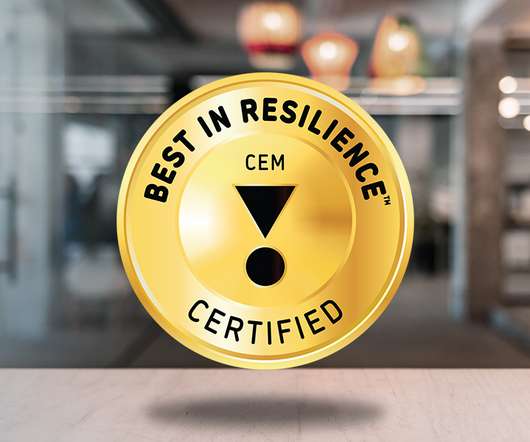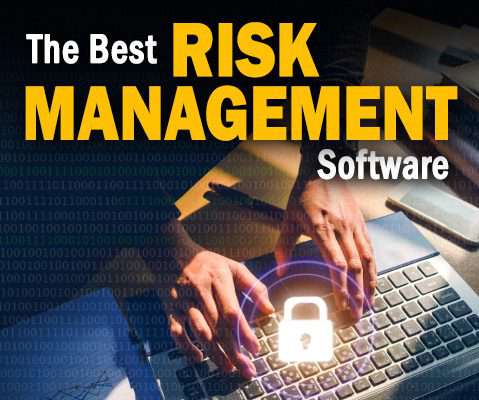Identifying and Preventing Provider Fraud in Workers Comp Cases
Risk Management Monitor
DECEMBER 20, 2022
In these cases, a worker may intentionally fake an injury (claimant fraud) or a business owner may misrepresent their employee headcount or incorrectly classify employees to obtain lower insurance premiums. Now, a lesser-known type is occurring with greater frequency: provider fraud.





























Let's personalize your content